Witnessing Romantic Protection
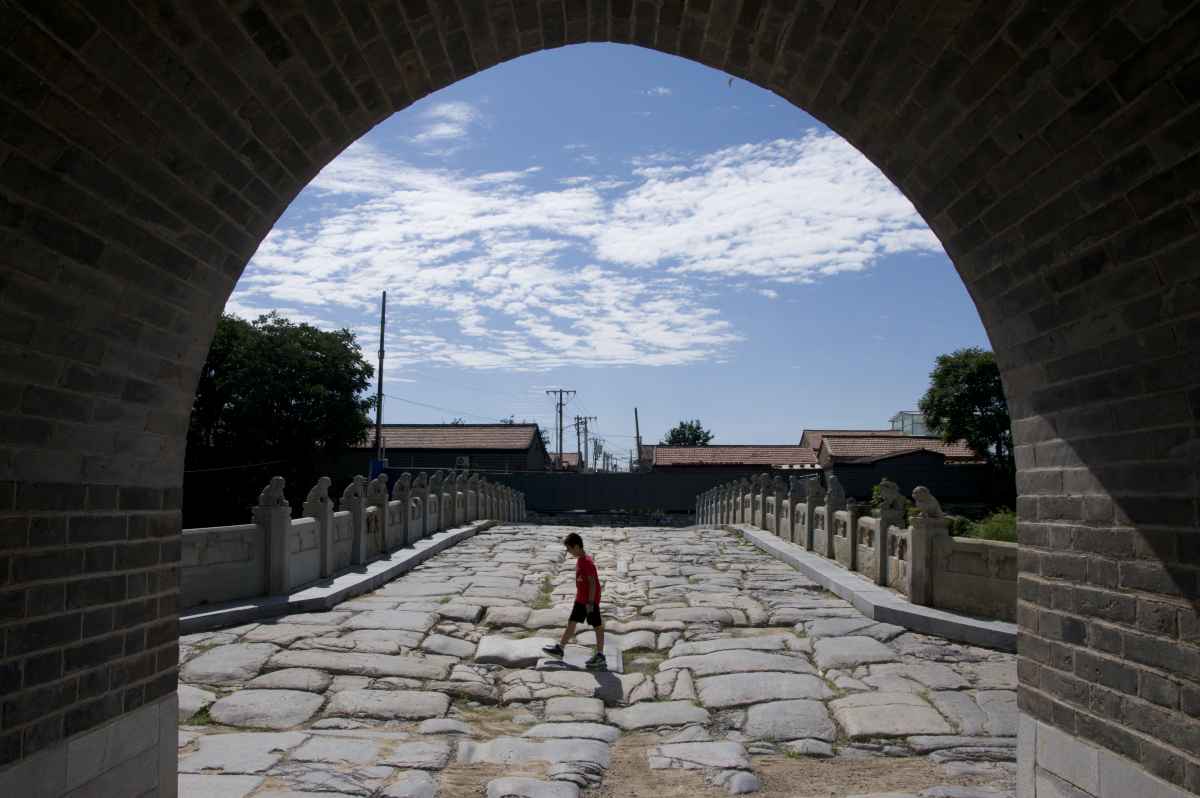
In September 2022, when I had just arrived at the Communication University of Zhejiang’s School of Journalism and Communication as a first-year graduate student, I was honored to participate in the “Grand Canal National Park” short video series project sponsored by the China Academy of Art.
The project invited experts and scholars to introduce six ancient bridges in four provinces and municipalities along the Grand Canal. The video featured techniques such as oral narration, interviews, and a documentary follow-up.
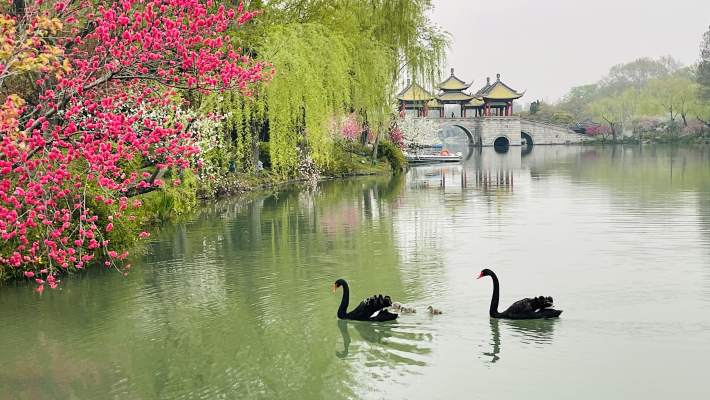
A scenic view of Slender West Lake in Yangzhou City, Jiangsu Province. The Wuting Bridge shown in the picture was built in 1757, the 22nd year of the reign of Emperor Qianlong of the Qing Dynasty (1644-1911). It is one of the 10 most famous bridges of ancient China.
I was responsible for producing a short video about the Tongyun Bridge in Beijing, and Chinese photographer Ji Hongwei, already famous for his images of the northern canals, was assigned to provide oral storytelling materials for me. I could hardly find any information on the bridge on the internet. It seemed to have been forgotten by many.
But during the storytelling, Ji vividly recounted everything he knew about the bridge with tremendous details, including stories about the facial expressions of each little stone lion on the bridge piers and the patterns of each carved vase of the bridge deck.
I started to realize that the lack of written and visual records prevented stories about the Grand Canal and the ancient bridges along it from being widely known. The video production filled a gap in the history of the Tongyun Bridge through digital media.
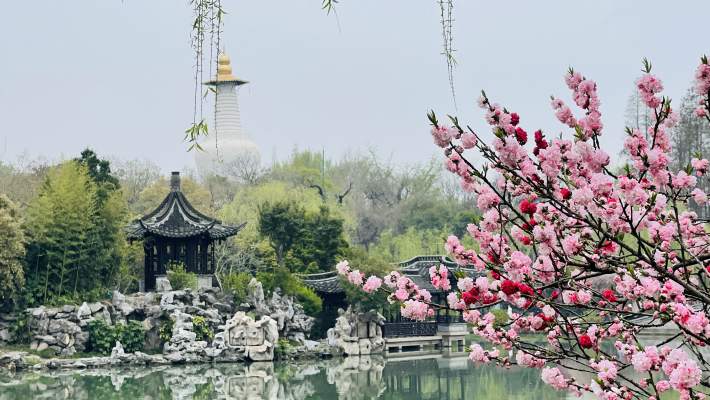
A scenic view of Slender West Lake in Yangzhou City, eastern China’s Jiangsu Province. The lake is a tributary of the Yangzhou section of the Beijing-Hangzhou Grand Canal.
During shooting, I became aware of how complex the process of protecting ancient bridges can be. It’s not just about perfectly restoring the appearance—technicians must focus on how best to scientifically repair them while respecting every mottled mark of history.
In the footage about ancient bridges, experts generally focused on restoration of ancient bridges and how they coexist harmoniously with contemporary cities. Broken lions remain on the Tongyun Bridge, and a high-speed railway forms a perpendicular intersection with the ancient Sihe Bridge. Such unique snapshots were based on respecting the objective existence of the ancient bridges.
In December 2022, we participated in the Grand Canal Ancient Bridge Image Exhibition funded by the China National Arts Fund. Combining photographic handbooks, sound, video, image installations, and other media forms, the exhibition displayed more than 500 photographic works related to the ancient bridges on the Grand Canal and some original photos of the ancient canal bridges from the late Qing Dynasty (1644-1911) and the early Republic of China period (1912-1949), including landscape pictures, restoration scenes of ancient bridges, and images of residents coexisting in harmony with the bridges.
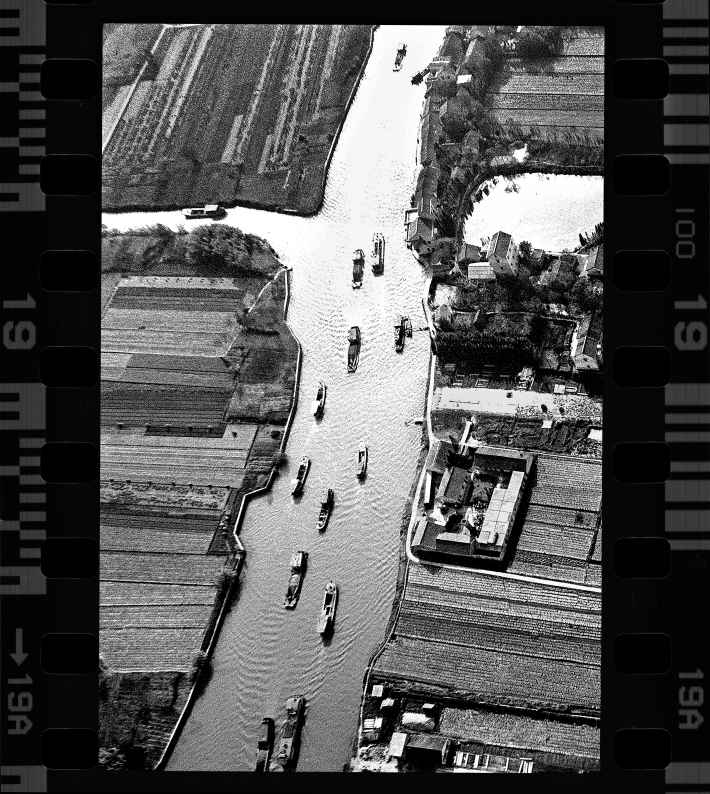
An aerial photo of the Chang’antang section of the Grand Canal shot in Jiaxing City, eastern China’s Zhejiang Province, in the 1980s. (Photo by Yan Xinrong)
Each work tells a story reflecting the centuries-old craftsmanship of ancient bridges and the long-standing culture of the canal.
I was perhaps most impressed by an image of the Gongchen Bridge in Hangzhou covered in snow. From a bird’s-eye view, snowflakes slowly and gently fell on the wet bridge, creating a poetic and picturesque vista.
A landmark ancient structure in Hangzhou, the Gongchen Bridge has quietly hovered over the canal for a century, witnessing the changes in Hangzhou. The Gongchen Bridge was also the inspiration for the mascot “Chen Chen” for the Hangzhou Asian Games. It has emerged as a notable reminder to use more vivid and flexible methods to enrich images of the canal and ancient bridges to attract more people to pay attention to their stories.
Local residents have led an affluent life because of the canal. In April 2023, during a Jiaxing intangible cultural heritage event called the Net-Boat Fair, we visited the city to interview famous local photographer Yan Xinrong.
Yan showed us the first aerial photo of the Grand Canal that he took. He explained that it was captured via a method of his own invention. Contrasting aerial photography with drones today, he relied on an aircraft flying at low altitudes to obtain such precious pictures.
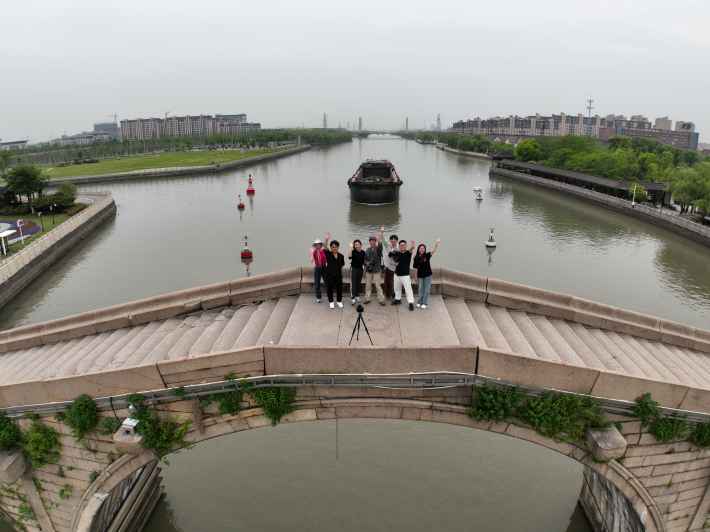
Famous local photographer Yan Xinrong (fourth left) poses for a group photo with an interview team participated by Wu Jiru (third left), the author of the article, in Jiaxing City, eastern China's Zhejiang Province, April 2023. (Photo courtesy of Wu Jiru)
He also showed us two canal landscape images taken decades apart. The surrounding buildings changed drastically, but the canal continuously nourishing the land on the banks remained static.
The ancient bridges over the canal, each with at least a century-old history, have mostly maintained their original shapes thanks to continuous repairs and restorations. However, hardly any texts or images about them can be found on the internet. As a new generation of conservators, we are striving to strengthen “digital conservation” of various historical sites and cultural relics, so as to make up for their deficiency in digital media.
Thanks to Yan Xinrong’s innovative canal photography decades ago, many now understand the old canal from a new perspective. Perhaps in the decades to come, the videos and images of ancient bridges we create today will empower future generations to see the Grand Canal as it is now.
Compared to the long-term guardians of the canal, we are like tourists hurriedly passing by as we carry out the short video shooting project, but the canal still ripples through our hearts as it exerts a far-reaching influence.
The Grand Canal is silent and the ancient bridges are mute. They cannot evolve with the advancing pace of the times, and gradually gaps widened on the internet. But today, countless people still guard the canal and preserve its history and culture however they can. This is the only way to see, protect, and record the canal. We were honored to witness this romantic guardianship and protection.
The author is a graduate student in the School of Journalism and Communication at the Communication University of Zhejiang.